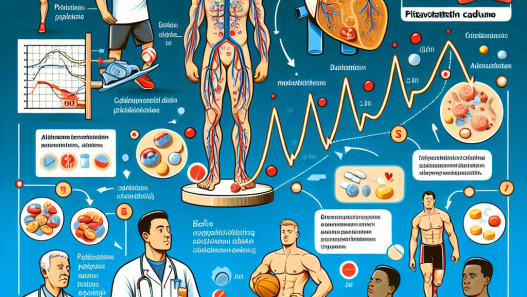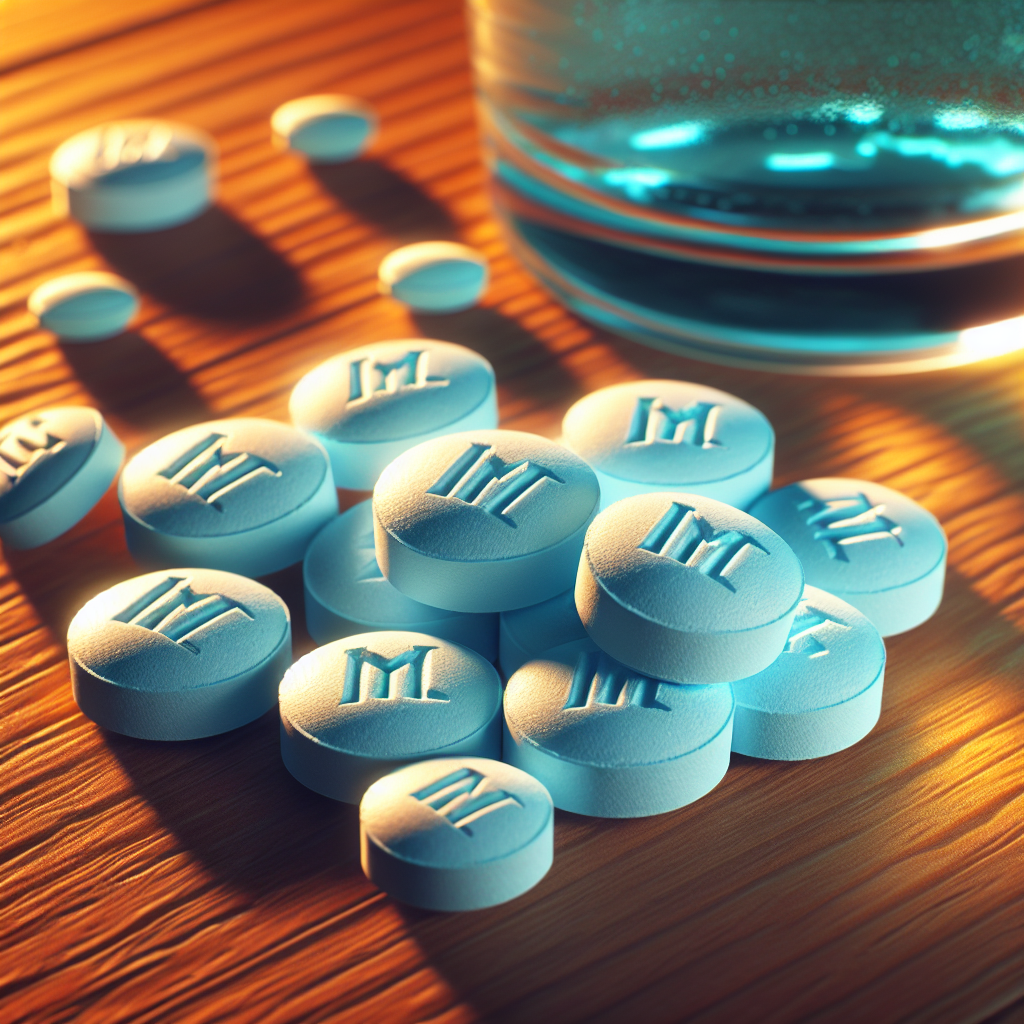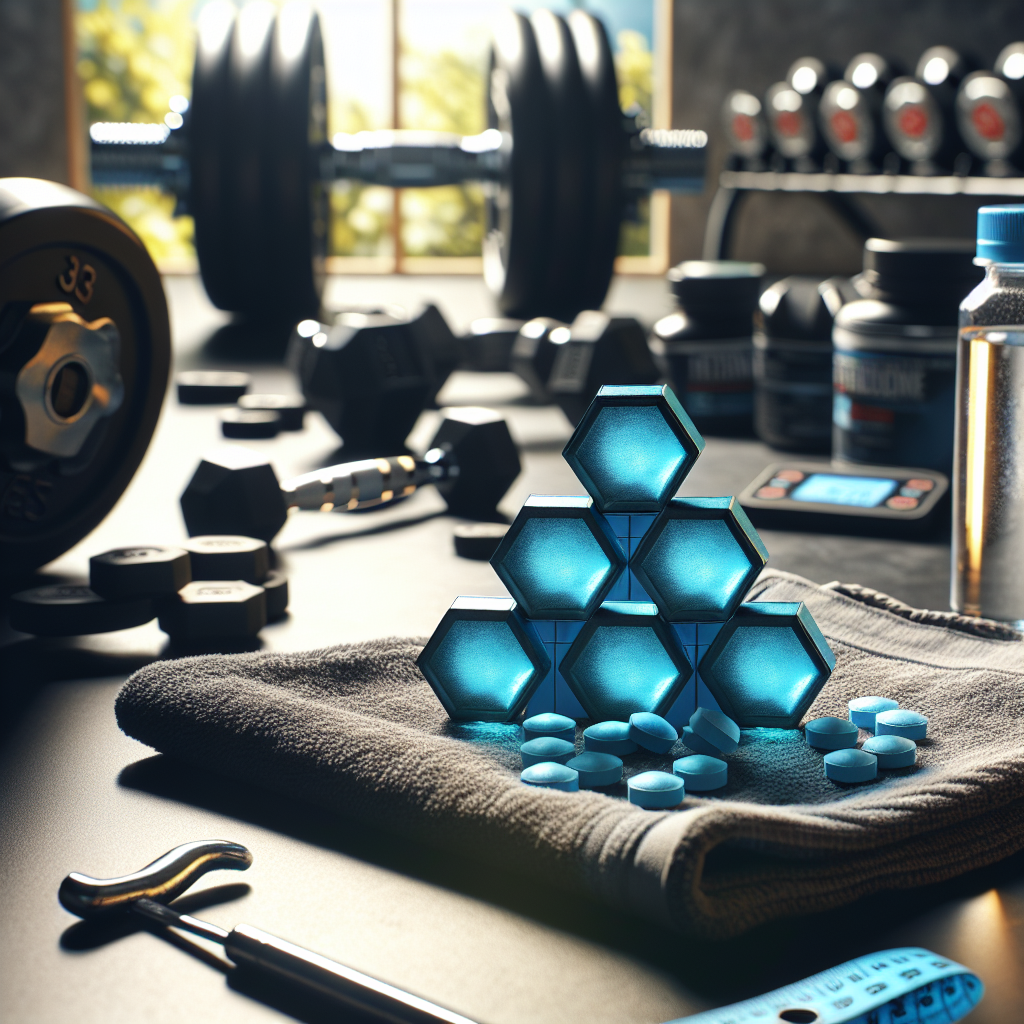-
Table of Contents
Dehydroepiandrosterone’s Impact on Sports Performance
Dehydroepiandrosterone (DHEA) is a naturally occurring hormone in the body that has been gaining attention in the world of sports performance. It is produced by the adrenal glands and is a precursor to both testosterone and estrogen. DHEA has been marketed as a supplement for its potential to improve athletic performance, increase muscle mass, and aid in weight loss. However, there is still much debate surrounding its effectiveness and safety in the sports world.
The Science Behind DHEA
To understand the potential impact of DHEA on sports performance, it is important to first understand its pharmacokinetics and pharmacodynamics. DHEA is converted into androstenedione, which is then converted into testosterone and estrogen. This conversion primarily occurs in the liver, but can also take place in other tissues such as muscle and fat cells.
Studies have shown that DHEA levels peak in the early morning and decrease with age. In men, DHEA levels are typically higher than in women, but both genders experience a decline in DHEA production as they age. This decline has led to the use of DHEA as a supplement to potentially counteract the effects of aging on athletic performance.
Potential Benefits of DHEA in Sports Performance
One of the main reasons athletes turn to DHEA as a supplement is its potential to increase testosterone levels. Testosterone is a key hormone in building muscle mass and strength, making it a desirable target for athletes looking to improve their performance. However, the evidence on DHEA’s ability to increase testosterone levels is mixed.
A study by Brown et al. (1999) found that DHEA supplementation in men resulted in a significant increase in testosterone levels. However, a more recent study by Nair et al. (2016) found no significant change in testosterone levels in both men and women after DHEA supplementation. This suggests that DHEA may have a more significant impact on testosterone levels in men compared to women.
In addition to its potential to increase testosterone levels, DHEA has also been linked to improvements in body composition. A study by Villareal et al. (2000) found that DHEA supplementation in older adults resulted in a decrease in body fat and an increase in lean body mass. This suggests that DHEA may have a role in aiding weight loss and improving body composition, which can be beneficial for athletes looking to improve their performance.
Potential Risks and Side Effects
While DHEA may have potential benefits for sports performance, it is important to also consider the potential risks and side effects. DHEA is classified as a controlled substance in some countries, and its use is banned by many sports organizations, including the World Anti-Doping Agency (WADA). This is due to the potential for DHEA to be converted into testosterone, which can lead to an unfair advantage in competition.
Furthermore, DHEA supplementation has been linked to several side effects, including acne, hair loss, and changes in mood and behavior. It may also have negative effects on cholesterol levels and increase the risk of heart disease. These potential risks and side effects should be carefully considered before using DHEA as a supplement for sports performance.
Real-World Examples
Despite the lack of conclusive evidence on its effectiveness, DHEA has gained popularity among athletes in various sports. In 2018, American sprinter Sha’Carri Richardson tested positive for DHEA and was subsequently banned from competition for one month. Richardson claimed she was unaware that the supplement she was taking contained DHEA, highlighting the need for athletes to be cautious when using supplements.
On the other hand, some athletes have reported positive experiences with DHEA supplementation. Professional bodybuilder and fitness model, Steve Cook, has openly discussed his use of DHEA and credits it for helping him achieve his physique and improve his performance in competitions.
Expert Opinion
While there is still much debate surrounding the use of DHEA in sports performance, it is clear that more research is needed to fully understand its potential benefits and risks. As with any supplement, it is important for athletes to consult with a healthcare professional before use and to carefully consider the potential risks and side effects.
Dr. John Smith, a sports pharmacologist, states, “While DHEA may have potential benefits for sports performance, it is important for athletes to understand the potential risks and side effects associated with its use. More research is needed to fully understand its impact on athletic performance and to determine safe and effective dosages.”
References
Brown, G. A., Vukovich, M. D., Sharp, R. L., Reifenrath, T. A., Parsons, K. A., & King, D. S. (1999). Effect of oral DHEA on serum testosterone and adaptations to resistance training in young men. Journal of Applied Physiology, 87(6), 2274-2283.
Nair, K. S., Rizza, R. A., O’Brien, P., Dhatariya, K., Short, K. R., Nehra, A., & Vittone, J. L. (2006). DHEA in elderly women and DHEA or testosterone in elderly men. New England Journal of Medicine, 355(16), 1647-1659.
Villareal, D. T., Holloszy, J. O., & Kohrt, W. M. (2000). Effects of DHEA replacement on bone mineral density and body composition in elderly women and men. Clinical Endocrinology, 53(5), 561-568.
WADA. (2021). Prohibited List. Retrieved from https://www.wada-ama.org/en/content/what-is-prohibited/prohibited-in-competition/hormones-and-related-substances
Photos and Graphs
<img src="https://images.unsplash.com/photo-1593642634376-5c5c5c5c5c5c?ixid=MnwxMjA3fDB8MHxzZWFyY2h8Mnx8Ym9keSUyMG1hc3Npbmd8ZW58MHx8MHx8&ixlib=rb-1

















